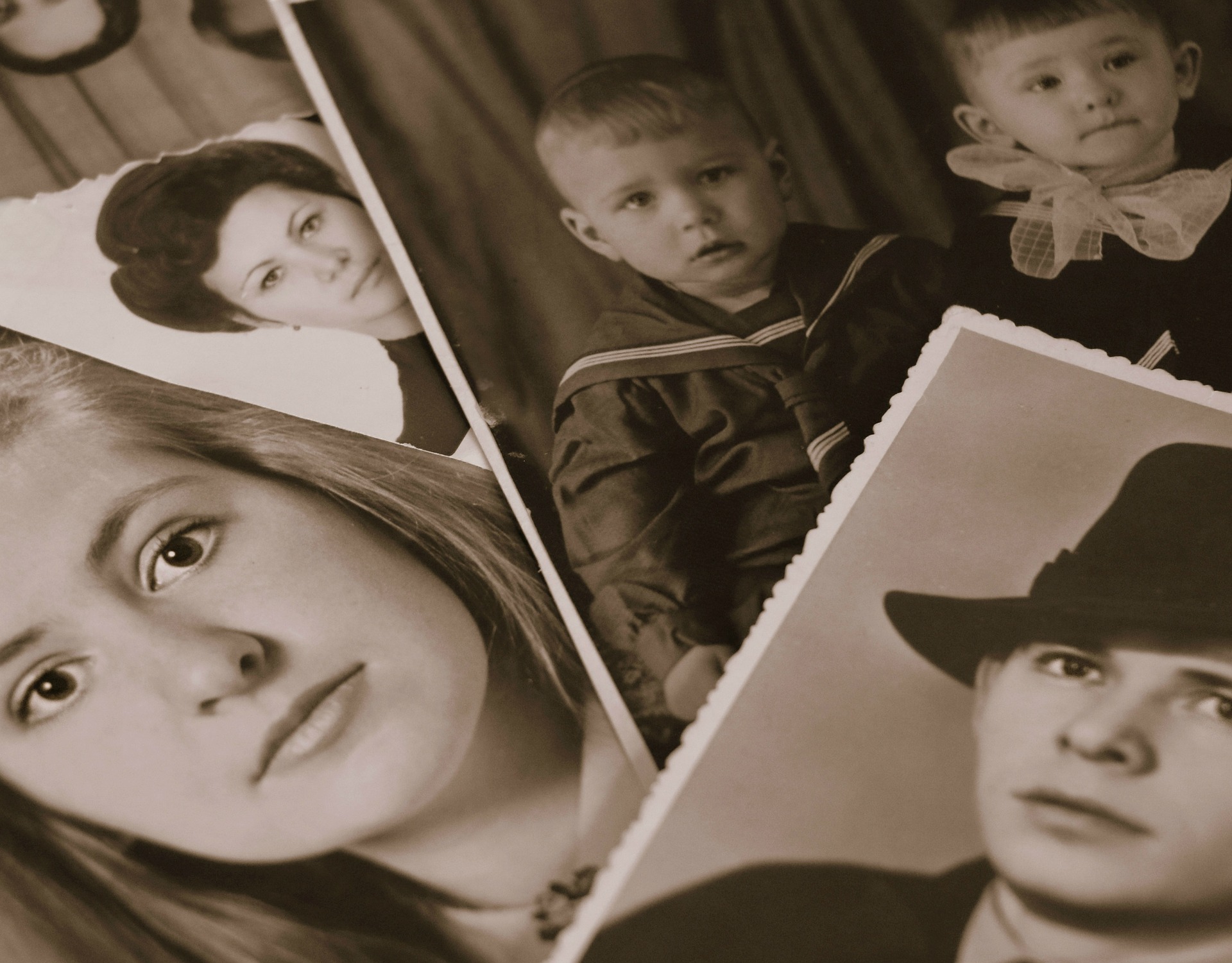Quiz: Cognitive terminology
 The following quiz is a revision of the terminology used in the cognitive approach. Fill in the blanks with the keyword or phrase that is missing. When you have finished, you may want to do a bit more research on the terms that you have missed so that you can be sure to know them on exam day!
The following quiz is a revision of the terminology used in the cognitive approach. Fill in the blanks with the keyword or phrase that is missing. When you have finished, you may want to do a bit more research on the terms that you have missed so that you can be sure to know them on exam day!
Fill in the gaps below with the word or phrase that best completes the sentence.
There are several types of memory. The type of memory that is the recall of facts concepts, not related to personal experience, is known as memory. Autobiographical memory that records personal life events and experience is known as memory. Both of these types of memory are processed in the part of the brain called the . Both of these types of memory are "knowing what." The type of memory that focuses on "knowing how" is called . When we rely on others to retain information for us - for example, my friend remembers my password for me - this is called memory.
The Multi-Store Model was one of the early models of how memory is structured. The first store is for memory. If attention is paid, the information moves to short-term memory, which is limited in capacity and . In order for information to move to long-term memory, it must be . If not, then the information will be .
In the experiment by Glanzer and Cunitz, they were able to show that memory may be stored in two distinct stores. They showed that people tend to remember the first items on a list - a phenomenon called . They also found that when there is no distraction, people tend to remember the words at the end of the list - a phenomenon known as . The reason that the first words are most often remembered is that they have been . The group with the distractor task do not retain as many words because the words were most likely .
The research method used in the study of HM was a . The research was carried out over a long period of time - that is, the study was . In addition, several different research methods were used - experiments, interviews, observations. This is an example of method .
There are several parts of the brain that play a role in memory. It is argued that emotional memories are created by the activation of the amygdala. McGaugh and Cahil studied the role of the hormone in the creation of flashbulb memories. Other research, such as Squire's study of E P Pauley, showed that the may play a role in procedural memory. The study of HM focused on the . The neurotransmitter that appears to play a role in the creation of memory in the hippocampus is .
The working memory is an alternative to the Multistore model. In this model, memory is processed either by the for auditory stimulus or the for spatial and visual stimulus. The information is synthesized in the to make one coherent memory. Memories can then be stored in the long-term memory storage, and there is unlimited capacity.
Flashbulb memory is the result of powerful emotions. Brown and Kulik argued that the most important emotion is . In addition, they argued that an event must have . They also argued that this type of memory is not open to . Neisser and Harsh argue that it is not the level of accuracy that defines flashbulb memory, but one's level of .
Thinking and decision making
The theory argues that there are two ways that we make decisions. System 1 thinking is automatic and makes use of mental representations based on based experience known as . Psychologists argue that we use system 1 thinking when we don't have time, don't know enough information, or don't care to seek out more information - in other words, humans are . Sometimes we use system 1 thinking because our will power is low, due to using too much energy or feeling discouraged - this is known as . Finally, we use system 1 thinking when our working memory is "full" with stressful thoughts or dealing with a difficult task. This is when we have a high .
are mental shortcuts. One bias is the tendency to rely too heavily on the first piece of information offered when making a decision. This is known as bias. Another bias is the human tendency to think that examples of things that come readily to mind are more representative than is actually the case. This is known as the heuristic.

 IB Docs (2) Team
IB Docs (2) Team
